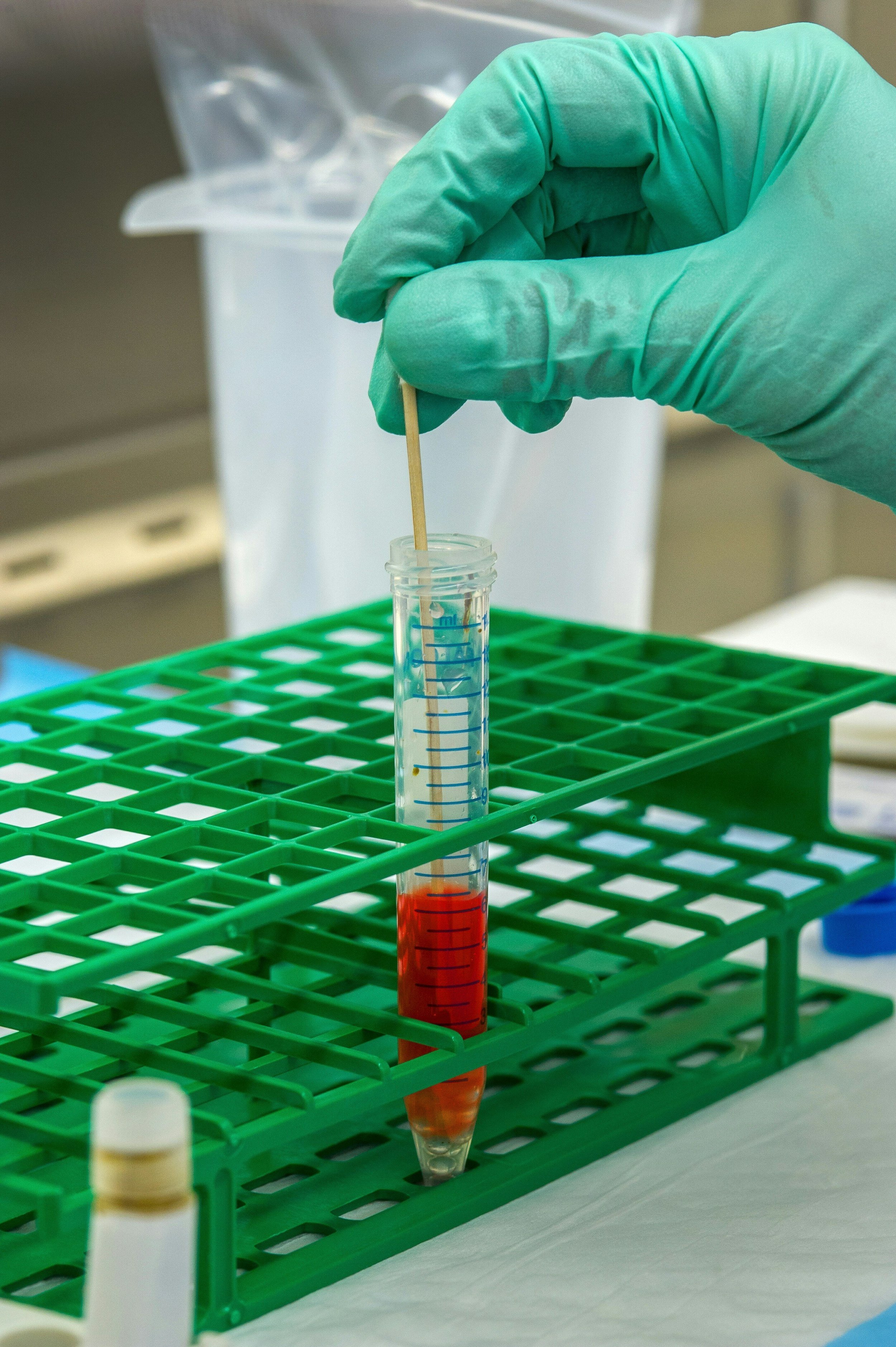Understanding Liver Function Blood Tests: A Comprehensive Guide
Introduction
Liver function tests (LFTs) are essential diagnostic tools used to evaluate the health and functionality of the liver. The liver plays a crucial role in various bodily functions, including detoxification, protein synthesis, and the production of biochemicals necessary for digestion. This blog will delve into the components of liver function tests, including a detailed discussion on globulin, its significance, and what test results may indicate. All of our health checks include the Liver Function blood test.
Table of Contents
What are Liver Function Tests?
Components of Liver Function Tests
Alanine Aminotransferase (ALT)
Aspartate Aminotransferase (AST)
Alkaline Phosphatase (ALP)
Gamma-Glutamyl Transferase (GGT)
Bilirubin
Albumin
Globulin
The Role of Globulin in Liver Function Tests
Interpreting Liver Function Test Results
Causes of Abnormal Liver Function Test Results
Conclusion
1. What are Liver Function Tests?
Liver function tests are a group of blood tests that help assess the health of your liver by measuring the levels of proteins, liver enzymes, and bilirubin in your blood. These tests provide valuable information about the liver's performance and can help diagnose liver diseases, monitor the progression of liver conditions, and evaluate the effectiveness of treatments.
2. Components of Liver Function Tests
Liver function tests comprise several individual tests, each providing specific information about liver health. The key components include:
ALT (Alanine Aminotransferase)
Function: ALT is an enzyme found primarily in the liver. High levels of ALT in the blood indicate liver damage or inflammation.
Normal Range: 7 to 56 units per liter of serum.
AST (Aspartate Aminotransferase)
Function: AST is an enzyme found in various tissues, including the liver. Elevated AST levels can indicate liver damage but are not as specific as ALT.
Normal Range: 10 to 40 units per liter of serum.
ALP (Alkaline Phosphatase)
Function: ALP is an enzyme related to the bile ducts. High levels can indicate blockage or inflammation of bile ducts.
Normal Range: 44 to 147 units per liter.
GGT (Gamma-Glutamyl Transferase)
Function: GGT is an enzyme that indicates bile duct problems and liver damage from alcohol consumption.
Normal Range: 9 to 48 units per liter.
Bilirubin
Function: Bilirubin is a byproduct of red blood cell breakdown. High levels can indicate liver dysfunction or bile duct blockage.
Normal Range: 0.1 to 1.2 milligrams per deciliter.
Albumin
Function: Albumin is a protein produced by the liver. Low levels can indicate liver damage or disease.
Normal Range: 3.5 to 5.0 grams per deciliter.
Globulin
Function: Globulins are a group of proteins that include antibodies. They play a role in immune function and blood clotting.
Normal Range: 2.0 to 3.5 grams per deciliter.
3. The Role of Globulin in Liver Function Tests
Globulin, often overshadowed by other liver enzymes, is a critical protein group in the blood that includes immunoglobulins (antibodies) and other proteins. The liver plays a significant role in producing globulins. Elevated or decreased globulin levels can indicate various liver conditions and immune disorders.
Types of Globulins:
Alpha-1 Globulins: Transport lipids and steroid hormones.
Alpha-2 Globulins: Include haptoglobin, which binds free hemoglobin.
Beta Globulins: Transport iron and support immune function.
Gamma Globulins: Comprise antibodies crucial for immune defense.
Significance of Globulin Levels:
High Globulin Levels: May indicate chronic liver disease, infections, or inflammatory diseases.
Low Globulin Levels: Can suggest liver dysfunction, kidney disease, or immune deficiencies.
4. Interpreting Liver Function Test Results
Interpreting LFT results requires understanding the interplay between different components. Abnormal levels of ALT, AST, ALP, GGT, bilirubin, albumin, and globulin can help pinpoint the type of liver condition, its severity, and possible underlying causes.
5. Causes of Abnormal Liver Function Test Results
Several conditions can cause abnormal liver function test results, including:
Hepatitis (A, B, C): Viral infections that cause liver inflammation.
Alcoholic Liver Disease: Damage from excessive alcohol consumption.
Non-Alcoholic Fatty Liver Disease (NAFLD): Fat accumulation in the liver.
Cirrhosis: Scarring of the liver tissue.
Liver Cancer: Malignant tumors in the liver.
Hemochromatosis: Excess iron buildup in the liver.
Wilson's Disease: Copper accumulation in the liver.
6. Conclusion
Liver function tests are crucial in diagnosing and managing liver diseases. Understanding the role of each component, including globulin, helps provide a comprehensive picture of liver health. Regular monitoring and timely interpretation of LFT results are vital for early detection and effective management of liver conditions.
References
American Liver Foundation
Mayo Clinic: Liver Function Tests
National Institute of Diabetes and Digestive and Kidney Diseases (NIDDK)
By understanding the nuances of liver function tests, including the often-overlooked globulin, individuals and healthcare providers can better monitor liver health and address potential issues promptly.



